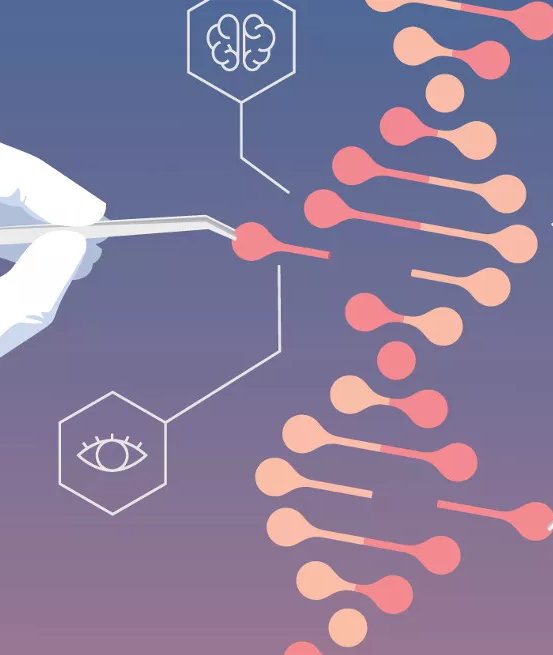Despite the potential drawbacks, the evolution of genetic manipulation is an exciting process

More stories from Lauren Brace
The science of genetic engineering is still evolving and advancing.
Genetic engineering: a process that uses laboratory-based technologies to alter the DNA makeup of an organism.
Although the meaning of this scientific term is simple in its dictionary definition, its depth is complex, and its impact walks the line of morality.
Playing with the idea of altering genes, biochemists have been able to restructure DNA in an organism since the 1970s, and the study of genetic engineering has already greatly impacted the field of science and the human race as a whole. Producing human insulin, certain vaccines, and disease-resistant plants, the world experiences the benefits of genetic alteration every day.
Research began with E. coli bacteria to produce human insulin and later, generate bacteria to insert into plant cells and create genetically modified organisms (GMOs). One of the most prevalent examples of genetic modification is seen in corn; using bacillus thuringiensis, scientifically altered corn has a built-in pesticide that protects them from insects but isn’t harmful to other animals.
In fact, one-third of corn grown in the world stems from a GMO variety. According to a study from the University of Pisa, this method of alteration increased not only the yield of the crop but also the quality. Due to its success, more crops such as soybeans, potatoes, and apples are commonly engineered.
Expanding the study from plants to animals, scientists have already experimented with altering the genetic makeup of mice by injecting DNA from a different source into fertilized mice eggs. Known as knockout mice, the process involves targeting a specific gene and inactivating it to research its functions and effects. According to the National Library of Medicine, this method has proved to be such a valuable tool that thousands of knockout mice varieties now exist. Due to the astounding similarities between the genome structure of a mouse and that of a human, these animals have been essential in testing new medicines.
As the study of genetic manipulation continues to evolve, there are hopes that the principle can one day be used to edit reproductive cells of humans and eliminate inherited genetic disorders. A future where there is no suffering due to sickle cell anemia, cystic fibrosis, muscular dystrophy, and other genetically transmitted diseases is an exciting prospect.
With genetic engineering, we will be able to increase the complexity of our DNA, and improve the human race. — Stephen Hawking
Still, this concept currently remains in the experimental phase, and trials are closely monitored.
The more advancements, the more questions arise: what is the extent that a reproductive cell can be manipulated? Will changing one aspect evolve into changing hair color, strength, or intelligence? Almost immediately, the optimistic thought evolves into alarming possibilities and an ethical debate. Tampering with DNA could lead not only to adverse results but also to a society crumbling upon the progressive foundations that took generations to build.
“Designer babies” may be something of science fiction, but many technologies of today were once pieces of fictional novels as well. If this were to become a reality, there is a high probability of increased discrimination and divides between social classes. A scientific inquisition becomes a debate over morality.
Trials are still in their early stages, but as knowledge continues to evolve and improve, it’s important to keep an eye on this development. Genetic studies have already provided significant benefits to the human race, and hopefully, the relationship between society and biological breakthroughs will continue to thrive.

Lauren is a senior entering her final year on The Central Trend as Podcast Manager. She has a strong passion for every extracurricular she's involved in,...































































































Ren • Jan 14, 2023 at 12:04 pm
Brilliant. Simply Brilliant.